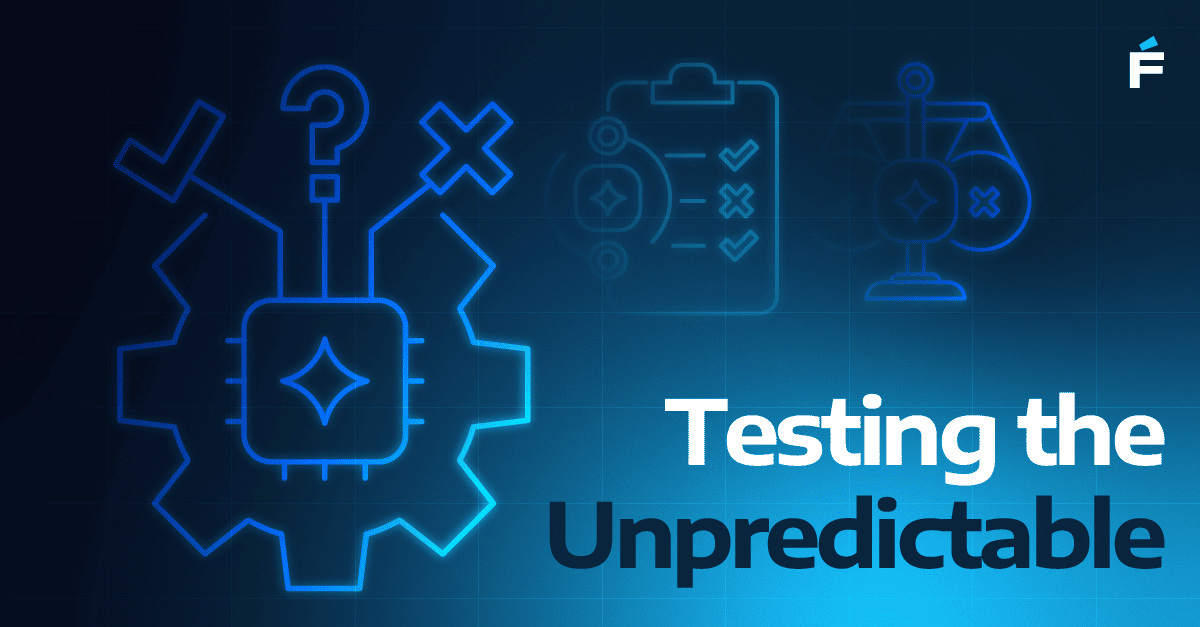Function Calling: A Foundational Pattern in AI Systems Engineering
In the evolving discipline of AI systems engineering, function calling is emerging as a foundational pattern for structured interaction. A recent Martin Fowler article offers a clear explanation of how this works. It describes a technique in which large language models (LLMs) generate JSON-formatted outputs in response to natural language requests. These structured outputs can be interpreted by external systems, enabling them to execute precise actions reliably.
This pattern benefits developers building lightweight AI agents that perform specific tasks—such as querying weather services, initiating workflows, or retrieving customer data. The process is straightforward: the model interprets user intent, maps it to a known function, formats the result as a structured call, and passes it to deterministic code for execution. This design increases predictability and control, especially in business domains that require traceability, reliability, and strong governance.
The article also recommends safeguards like validating outputs before execution and maintaining user engagement while actions are in progress. These safeguards are essential in enterprise systems where operational integrity and user trust must be maintained. They help bridge the gap between natural language flexibility and the structured logic required by production-grade software.
Flexible Alternatives: RAG and Beyond
However, this function-based architecture comes with limitations. It depends on a fixed set of predefined functions and schemas, which must be manually registered and maintained. In dynamic business environments—like customer service, research workflows, or investigative analysis—this rigidity can slow down progress. New capabilities often require changes to the schema, creating backlog and limiting agility.
To overcome these constraints, developers are exploring more flexible alternatives such as retrieval-augmented generation (RAG). RAG enables models to fetch relevant information from external sources during inference. Instead of encoding all logic in advance, the model learns to respond dynamically based on context, using tools like semantic search or vector databases. While less deterministic, this approach favors adaptability—making it suitable for applications where coverage and flexibility matter more than precision.
Another complementary method involves feedback loops and active learning. In this model, the system refines its responses over time based on user feedback, correction data, and real-world outcomes. This enhances adaptability and encourages continuous improvement, allowing systems to evolve beyond hardcoded functions and rigid schemas.
In conclusion, function calling provides a stable and interpretable interface between LLMs and software systems. It supports operational consistency and is especially valuable in environments that demand tight controls. However, for broader generalization and real-world adaptability, it should be combined with retrieval-based methods, contextual memory, and reinforcement learning. Together, these approaches allow AI systems not just to follow instructions, but to reason, adapt, and learn.
If you're exploring how to apply these patterns—function calling, RAG, or feedback-driven learning—within your own enterprise systems, connect with me. I'm happy to share how we've implemented these approaches in production environments and what tradeoffs to consider. Let’s set up a brief conversation.




.png)